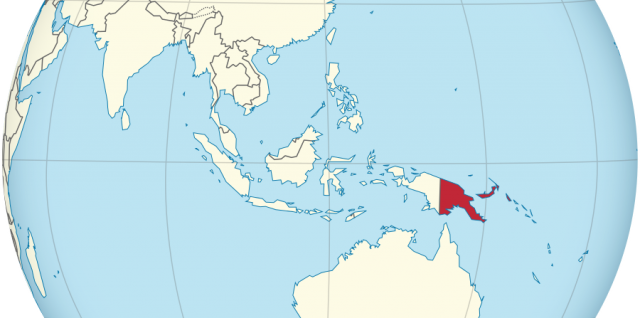Addressing pandemics such as COVID-19 requires effective public health communication through the mass media. Radio is a low-cost medium with large potential reach, and is especially useful in countries with low levels of literacy. Radio can be financed by governments or commercial interests; however, governments have become increasingly cost conscious, and commercial stations focus primarily on higher income listeners. This means that community radio (managed by community or religious groups) may need to shoulder much of the burden of public health information in rural areas of the developing world.
Papua New Guinea (PNG) is a case in point. Most provincial radio stations are currently not operating due to lack of funding and poor management. Radio Australia could have played an important public health role in this critical time, if its PNG service had not been restricted in 2017. That leaves community radio – although social media and mobile phones also have an increasing role in distributing information. In Australia, COVID-related information has been broadcast in indigenous languages through a network of community stations.
Community radio is a valuable resource with considerable scope for expansion. The initial infrastructure investment is relatively cheap. The transmitter is the only expensive component, with cost dependent on range. A broadcast unit with coverage of a few kilometres in any direction can be established for a few thousand dollars. The technical skills required are not sophisticated, and maintenance costs are low. Hand-held, battery-powered radio receivers are almost universally available.
Agricultural extension services are an established user of community radio. Regular broadcasts providing technical information for farmers on planting or harvesting, animal and plant health, or examples of agricultural innovation, can reach large numbers of people cheaply, and supplement personal visits by extension workers. Farm Radio International distributes resources to around a thousand radio stations (including community radio) in 40 countries. These include reports, drama scripts and joint productions.
Radio is also an invaluable communication tool for emergency response. Communities threatened by a natural disaster or conflict are desperate for accurate, relevant and timely information about rapidly changing circumstances. Radio is an effective medium for such communication.
Receivers and batteries can be distributed as necessary by field staff. Suppliers might even be persuaded to donate products. The famous wind-up radio that uses a spring to generate electricity was patented by the British inventor Trevor Baylis in 1992, eliminating the problems associated with supply and disposal of batteries. It was originally intended for use in communications related to AIDS in Africa. A variant of the product is reportedly still manufactured in South Africa, but sadly it is now targeted at the western consumer market.
Refugee camps represent another application for community radio. In recent decades such camps have emerged as a geographically mobile but ever-present form of human settlement. Communication is vital because of the prevalence of rumour and speculation in anxious communities. A constant flow of reliable information is necessary to counter rumours and reassure residents that they are not being misled. A recent review of communications in Rohingya camps in southern Bangladesh seems to reinforce the value of radio broadcasts, particularly question and answer programs.
Community radio can play a useful role in language preservation. PNG is estimated to have around 600 distinct languages, but many have only a few hundred or a few thousand speakers. The future of such languages is a controversial issue. Many commentators or policymakers regard them as little more than a nuisance and welcome their displacement by national or global languages. Others see language as a core component of ethnic identity and want them preserved. If preservation is, on balance, deemed desirable, community radio could reach local speakers easily and cheaply in their languages, with news, interviews and traditional folk tales, for example, reinforcing the languages.
External support for community radio for development purposes is limited, but there are a few sources of financial and technical assistance. For more than two decades the most prominent has been Empowerhouse in Copenhagen, which has provided practical training as well as advice on legal and regulatory matters in Africa and Asia, although its current status is unclear. The Fojo Media Institute in Sweden also provides training for media workers in the developing world, as does One World Media.
Community radio is a massively underutilised development resource. Advocates are seeking to expand both the number and the reach of stations. Yet the story is not all positive. In Indonesia, radio has been used by Islamic fundamentalists to promote religious intolerance. National governments are also ambivalent. The state is often reluctant to be seen to endorse limitations on free speech, but many agencies are unused to community groups calling them to account. Legal and regulatory obstacles can easily be thrown in the way of initiatives.
Community radio is frequently seen as a peripheral aspect of international development. Stations are generally run on a shoestring and heavily dependent on volunteers. While costs are low, revenue options are limited. Yet, somehow stations manage to survive. In the years ahead the medium will continue to struggle to realise its development potential while retaining the independence from government and commercial interests which gives it credibility with listeners. Like many development sectors, it needs adequate and secure funding.
———————————
David Guy
David Guy is an independent development economist based in Fremantle. He has a Masters degree in development economics from Cambridge University and 30 years’ experience in international development in the public, private and university sectors.
This article has been shared with permission from DevPolicy Blog.

